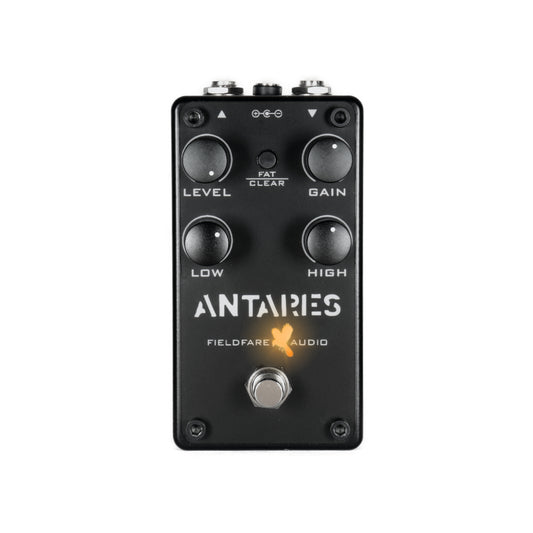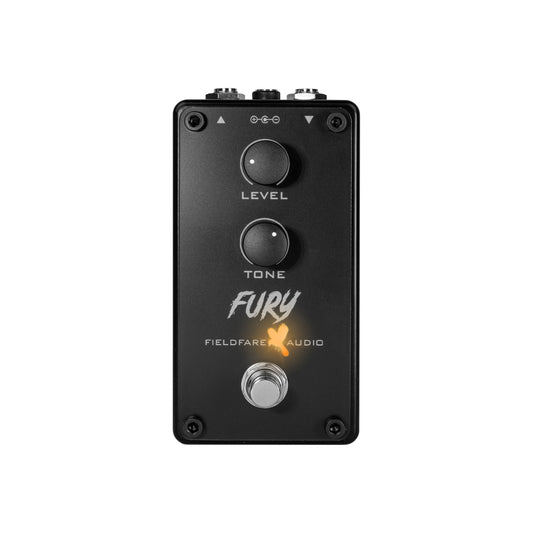
Tubescreamer in blues – how to get the legendary overdrive sound
Share
Blues guitar pedal – why the Tube Screamer has cult status
Few guitar pedals have shaped the sound of the blues as much as the legendary Tube Screamer . For decades, it has been considered the quintessential blues overdrive pedal – warm, dynamic, and full of character. Whether on small club stages or large festival stages, the Tube Screamer delivers that typical, slightly overdriven tone that brings the blues to life.
Why the Tube Screamer is perfect for blues
The Tube Screamer produces a smooth, harmonic overdrive that reacts like an overdriven tube amp. Instead of masking the sound, it amplifies what you're playing – and that's crucial in blues. Your attack, dynamics, and tone remain noticeably intact.
The Tube Screamer is particularly popular because it slightly boosts the midrange – the famous mid-hump . This allows your guitar sound to cut through the mix better without sounding harsh or overly distorted. The result: a warm, rich tone with plenty of expression.
The typical Tube Screamer Blues attitude
Blues is less about high gain and more about feeling. With the right settings, you can perfectly tailor your sound to your playing:
- Drive: low (approx. 9–11 o'clock) – slight saturation that reacts to your stroke rate.
- Tone: 12 o'clock – balanced frequency response, reduce slightly if needed for a warmer tone.
- Level: 1–3 pm – makes you stand out in the mix without being too loud.
Many blues guitarists also use the Tube Screamer as a clean boost – that is, with hardly any drive, but a high level control, to give the amplifier a bit of a push. This creates an organic, natural distortion with perfect dynamics.
Tube Screamer before or after distortion?
In a classic blues setup , the Tube Screamer is usually placed in front of the amplifier or before a slight amp overdrive. This allows the sound to react directly to your playing and be controlled by your picking strength. If you're using additional distortion, you can place the Tube Screamer as a boost before the distortion pedal – this provides more clarity and sustain.
Modern blues alternatives with a classic character
The legendary sound lives on today in many variations. Modern overdrive pedals take up the concept, but expand it with more headroom, flexibility, and dynamics. A good example is the REVOLT Overdrive Screamer from Fieldfare Audio – a handcrafted






